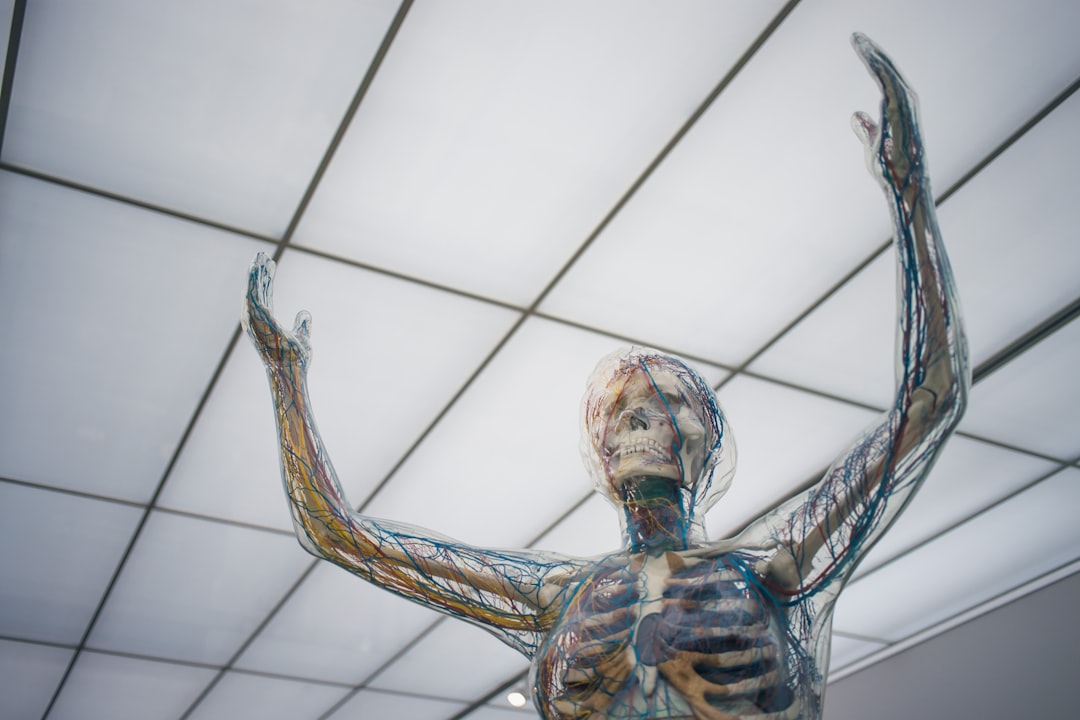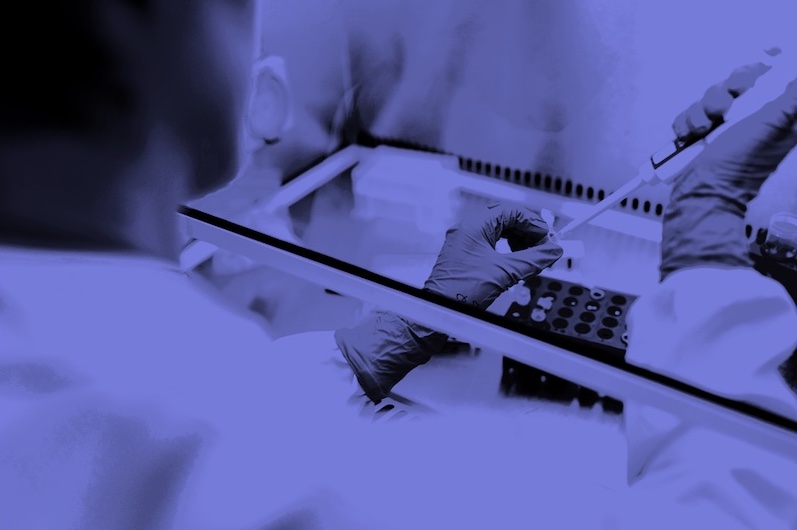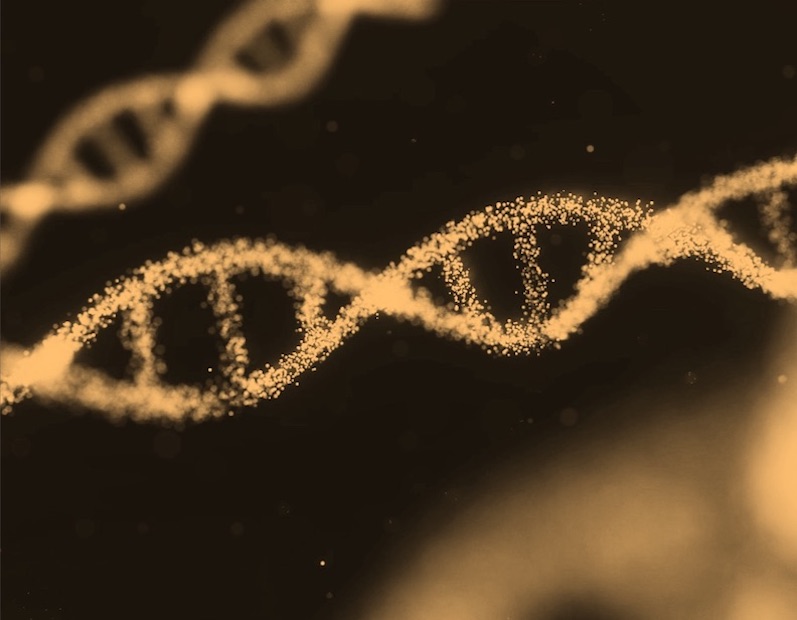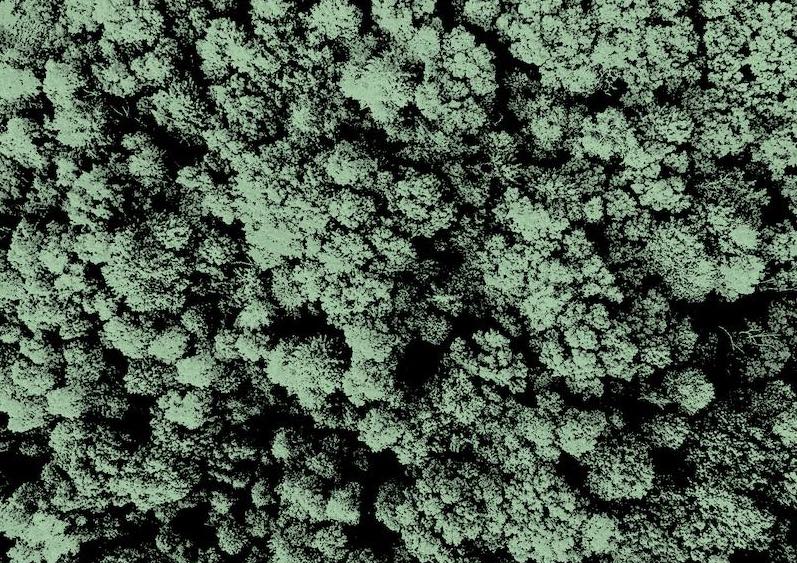What is it about?
An experiment was performed on mice groups incubated at three different temperatures (30, 23, and 6 Celsius degree). The proteome analysis revealed differential expression of proteins leading to discovery/activation of a new cycle at lower temperature termed HEAT Cycle.
Featured Image

Photo by National Cancer Institute on Unsplash
Why is it important?
It is expected that the newly discovered HEAT Cycle may open new horizons to study mitochondria-related diseases. It will also help in designing futuristic food items.
Read the Original
This page is a summary of: Comparative proteomics reveals that lipid droplet-anchored mitochondria are more sensitive to cold in brown adipocytes, Biochimica et Biophysica Acta (BBA) - Molecular and Cell Biology of Lipids, October 2021, Elsevier,
DOI: 10.1016/j.bbalip.2021.158992.
You can read the full text:
Contributors
The following have contributed to this page










